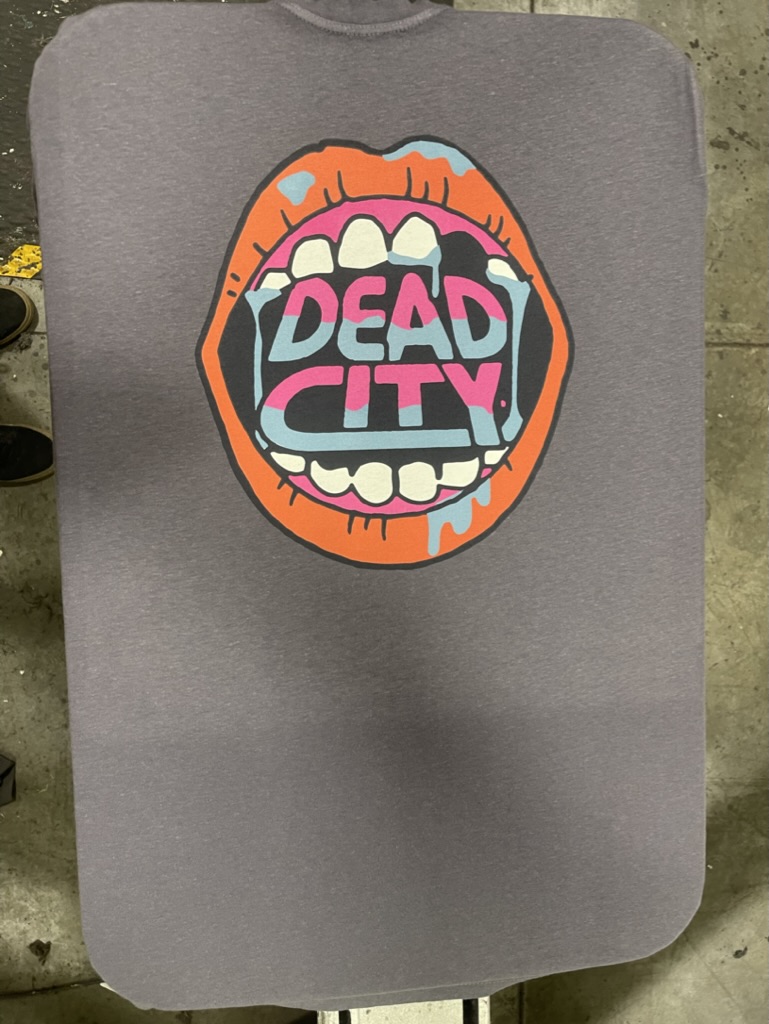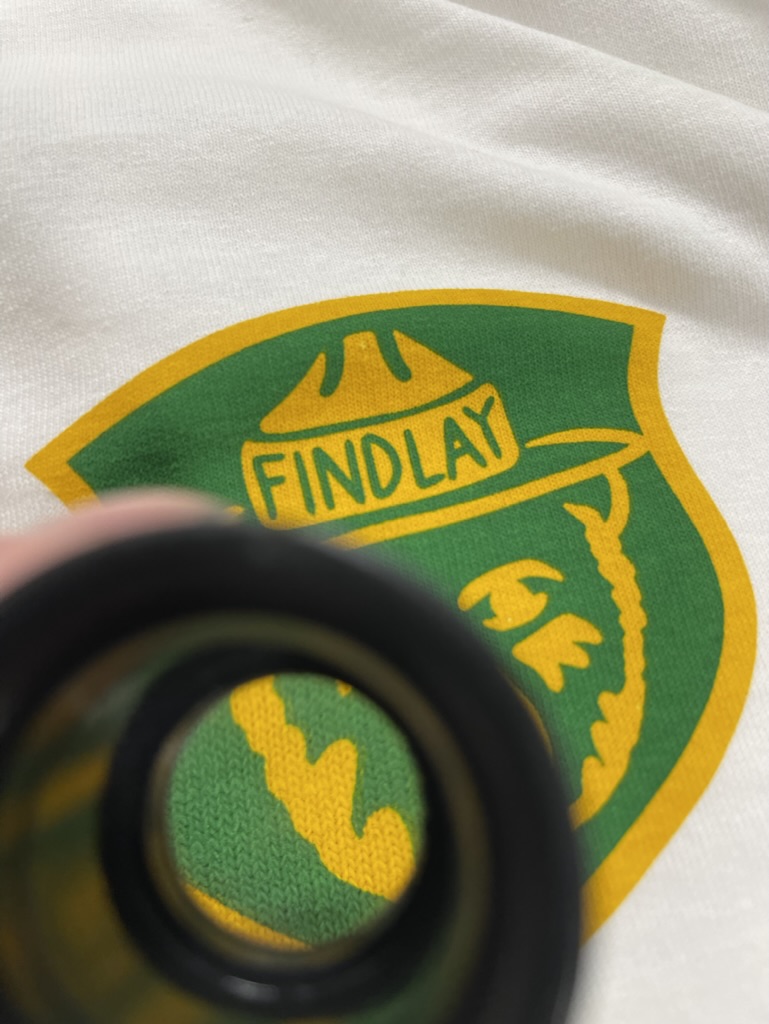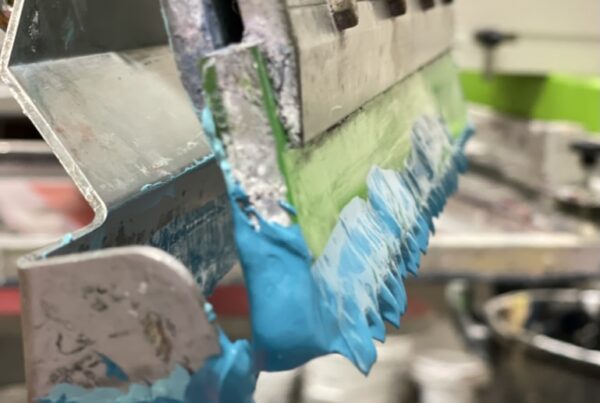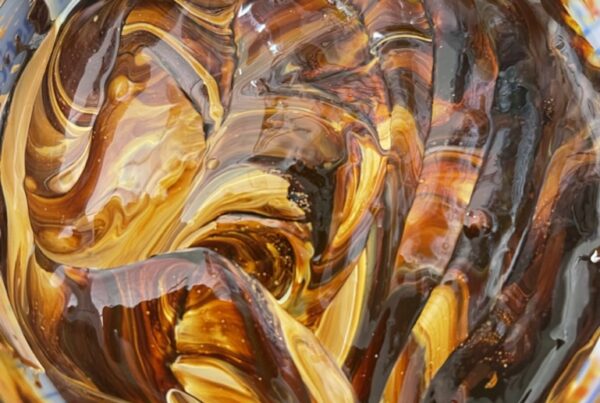Screen Printing Vs. Heat Transfer Vinyl
A common industry debate; Is Screen printing better than Heat transfer vinyl. Screen printing is the act of pushing ink through a mesh screen leaving a deposit on a substrate. HTV or heat transfer vinyl requires a machine to either cut or print the material which is later applied to garments with a heat press. Let’s dig in and get to know both printing techniques before we come to a conclusion!

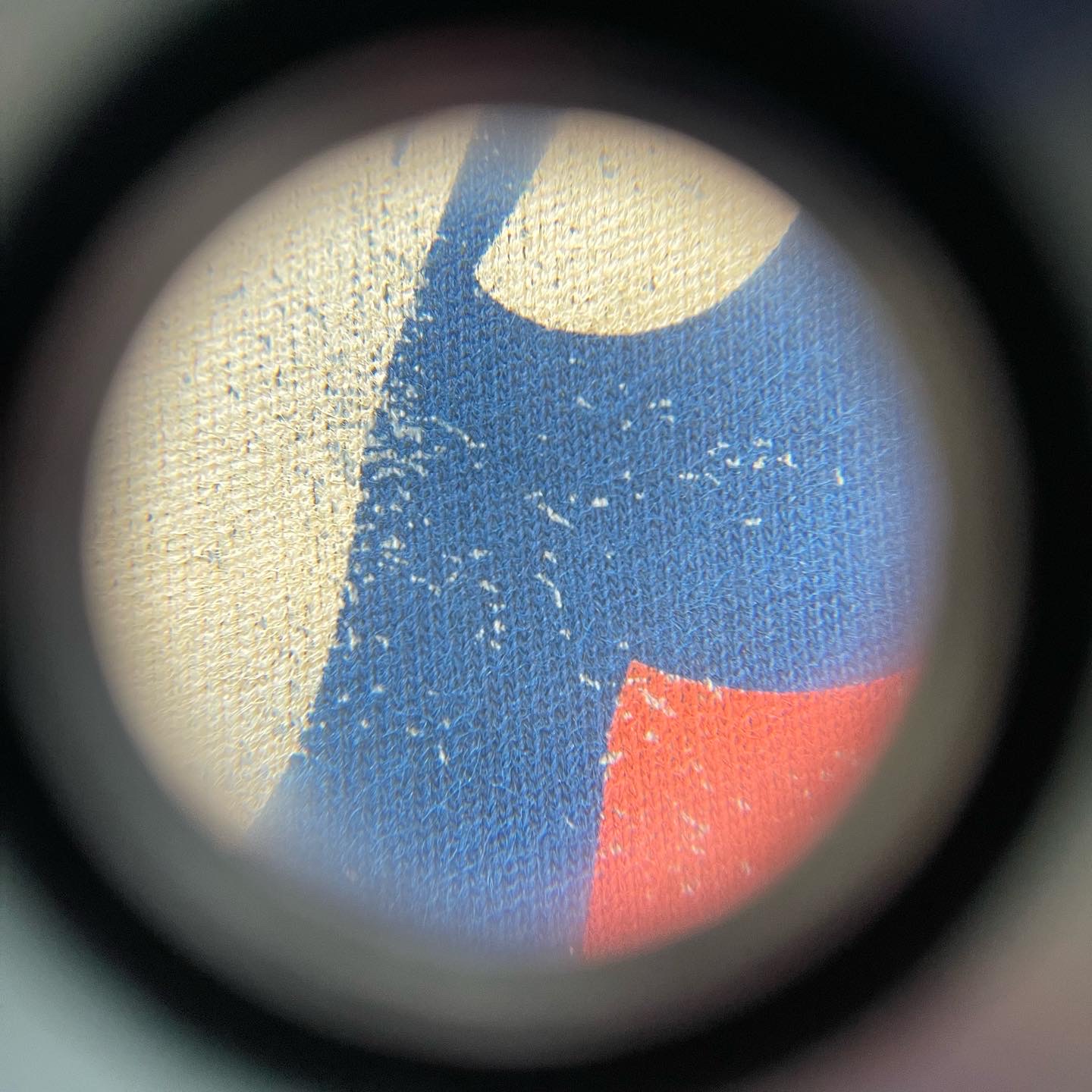
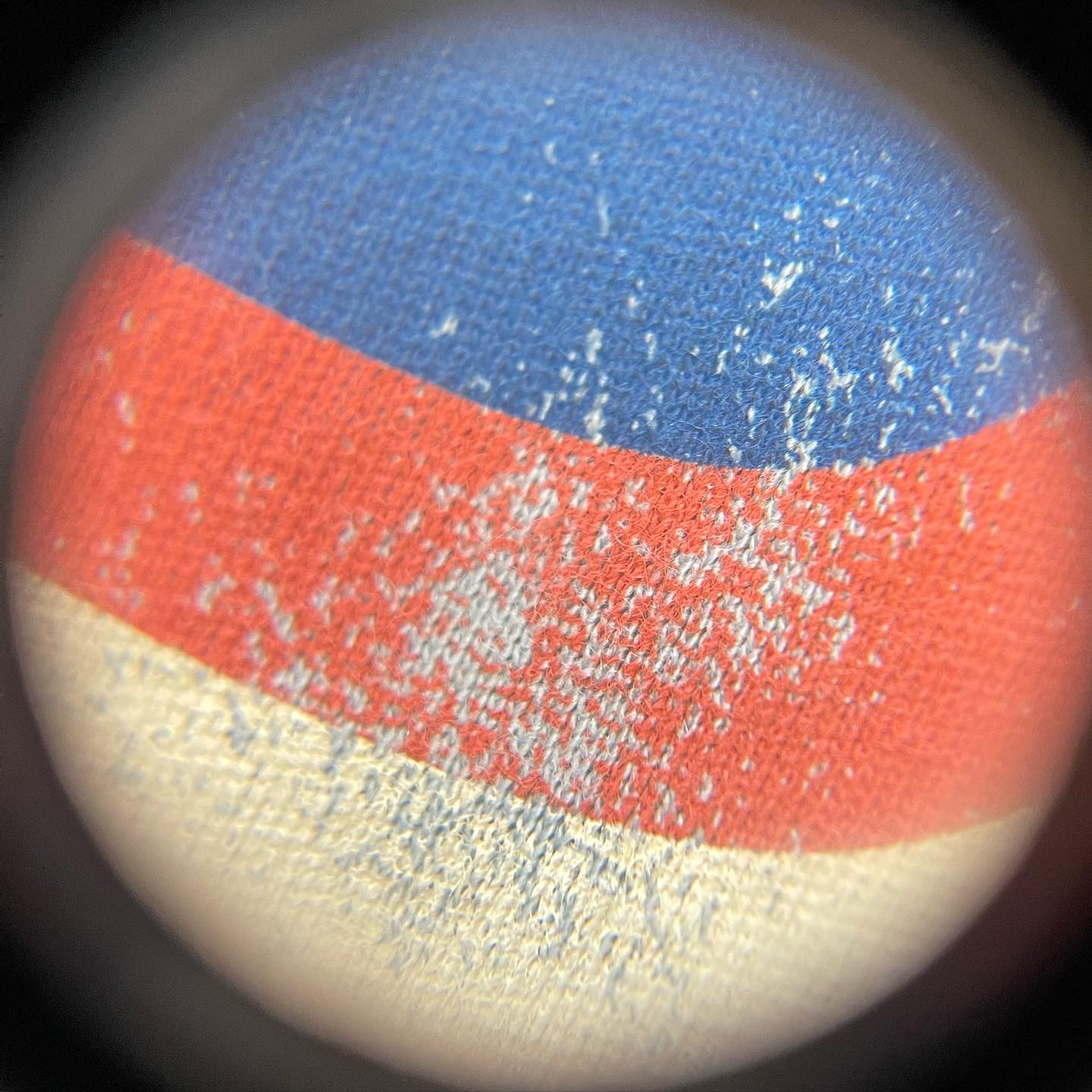
Heat Transfer Vinyl
HTV, Also known as heat transfer vinyl is heat activated, adhesive backed vinyl used to decorate garments. HTV typically comes in rolls or sheets. The material is loaded into a vinyl plotter or print and cut machine. Once the material is plotted, everything not in the design gets weeded out. After the vinyl is weeded it is applied to the textile using heat, pressure, and time.


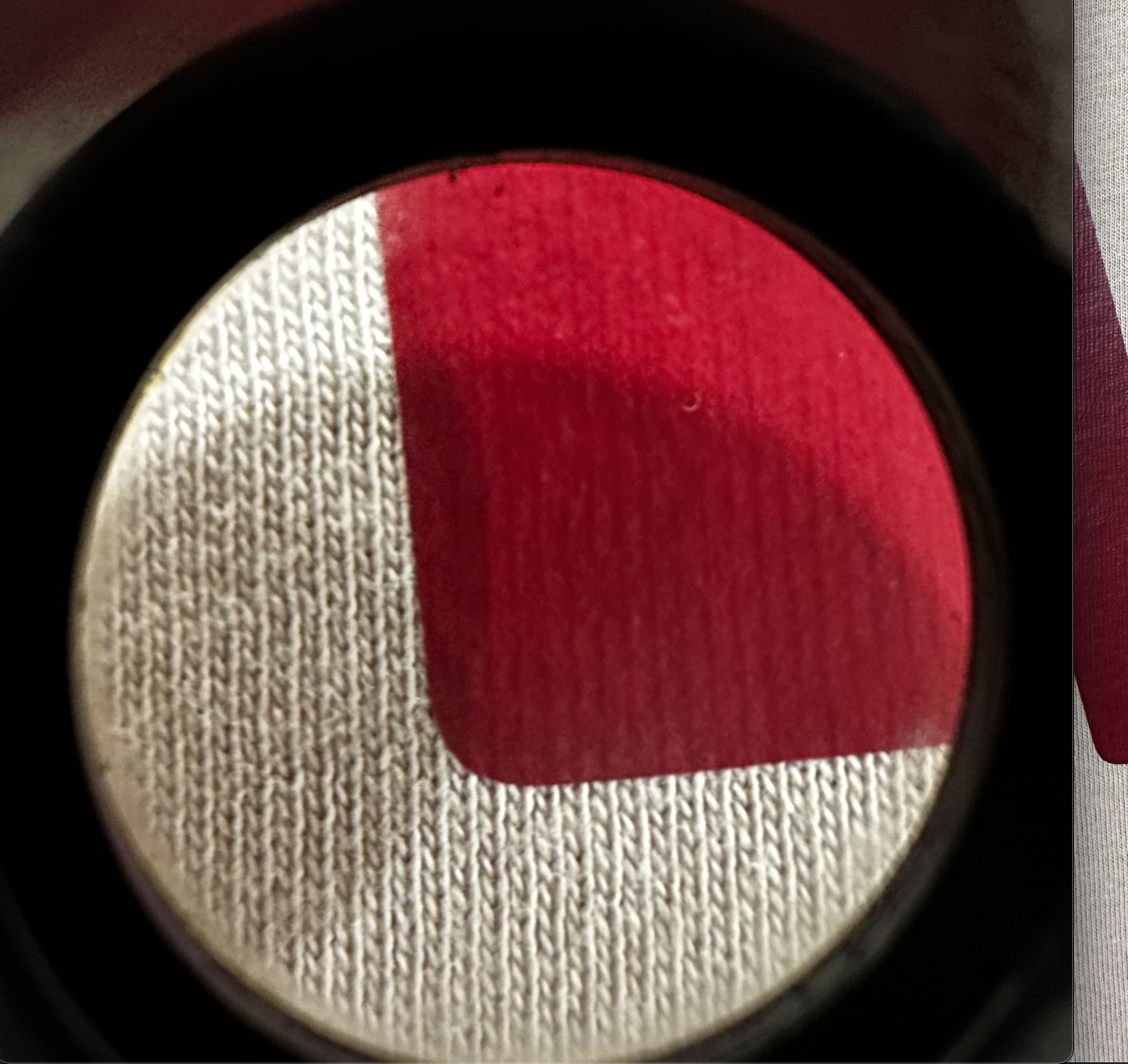
Screen Printing >
There are a ton of benefits to using screen printing as the textile printing method. One benefit is you have a lot of control of the end outcome. You’re able to go in and adjust the color in each screen giving you the leverage to make a high quality and accurate print. At Opake we use water based ink due to its sustainability and soft hand. Water Based screen printed apparel can withhold hundreds of washes where htv you will get around 30 washes before cracking and peeling starts to happen. Opake Screen Printing pantone matches every color that comes in our doors. With pantones we can really single out just about any color in the spectrum and mix our ink to match based off of a recipe. With heat transfer vinyl the printer will print how the artwork looks on the computer using cmyk print heads. Screen printing is more efficient with production for larger orders. A lot of time is delegated to the setup of a screen printing job. Once setup production includes maintaining ink levels in the screen, loading and unloading the garment. HTV will take the same time per shirt no matter if there are more or less there for the efficiency of printing large volume apparel orders doesn’t make sense.

